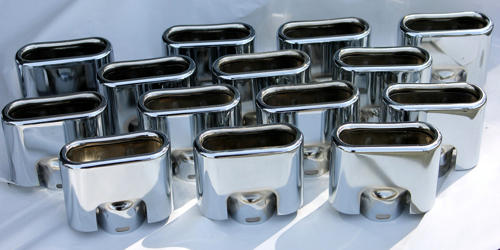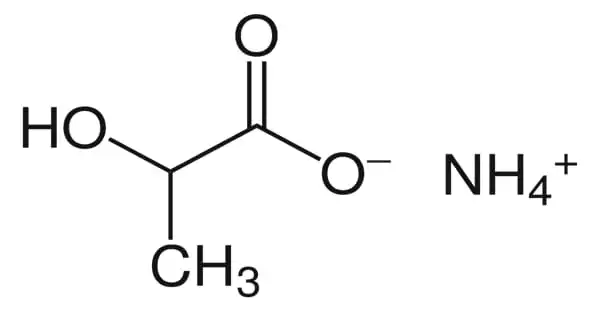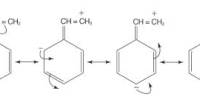Chrome plating is an electroplating technique that’s characterized by the use of chromium. It is a technique of electroplating a thin layer of chromium onto a metal object. It has many applications in the manufacturing, production, and consumer goods industries. It is highly decorative, corrosion-resistant, hydrophobic, and abrasion and wear-resistant. It is used for wear and corrosion resistance in addition to its tribological (low friction) characteristics.
Chrome plating can have decorative purposes or can enhance the desirable properties of machine components. Its hardness and resistance to oxidizing media are especially noteworthy. The chromed layer can be decorative, provide corrosion resistance, ease cleaning procedures, or increase surface hardness. Decorative chrome plating is thinner than hard chrome and is primarily for aesthetic appeal and as a protective coating. Sometimes, a less expensive imitator of chrome may be used for aesthetic purposes. Hard chrome plating is thicker than decorative chrome and is useful in many industrial applications for its strength, wear resistance, corrosion resistance, and other beneficial properties. Decorative chrome plating typically ranged from just 0.05 to 0.5 micrometers thick.
Process
There are environmental concerns associated with the disposal of the plating solution. This has led to many users of chrome plating seeking alternative coating methods. Chrome plating a component typically includes these stages:
- Degreasing to remove heavy soiling
- Manual cleaning to remove all residual traces of dirt and surface impurities
- Various pretreatments depending on the substrate
- Placement into the chrome plating vat, where it is allowed to warm to solution temperature
- Application of plating current for the required time to attain the desired thickness
Chrome plating is often categorized as either decorating or hard, depending on the thickness of the chromium layer it’s used to create. It begins by cleaning and degreasing the metal workpiece or object. There are many variations to this process, depending on the type of substrate being plated. Different substrates need different etching solutions, such as hydrochloric, hydrofluoric, and sulfuric acids. Ferric chloride is also popular for the etching of nimonic alloys. Sometimes the component enters the chrome plating vat while electrically live. Sometimes the component has a conforming anode made from lead/tin or platinized titanium. A typical hard chrome vat plates at about 1 mil (25 μm) per hour. The electrical charge causes the chromium to deposit itself onto the workpiece’s or object’s surface, resulting in the formation of an outer layer of chromium.
Uses
A variety of industrial applications use chrome plating to increase the wear and corrosion resistance of equipment components. Various finishing and buffing processes are used in preparing components for decorative chrome plating. The chrome plating chemicals are very toxic. Disposal of chemicals is regulated in most countries. Chrome layers are used in countless applications and are currently almost impossible to replace for many products with all of their advantages.
















